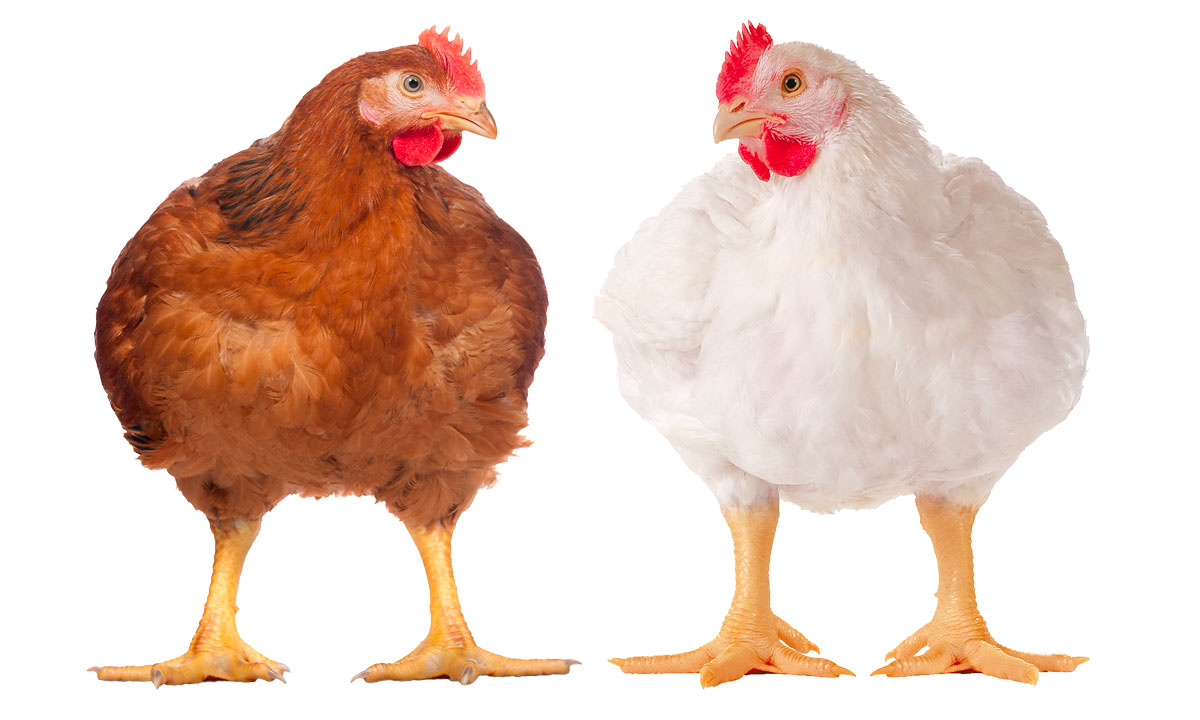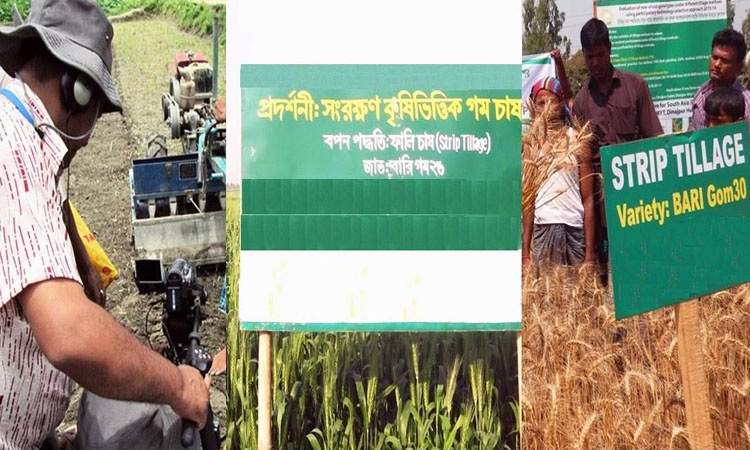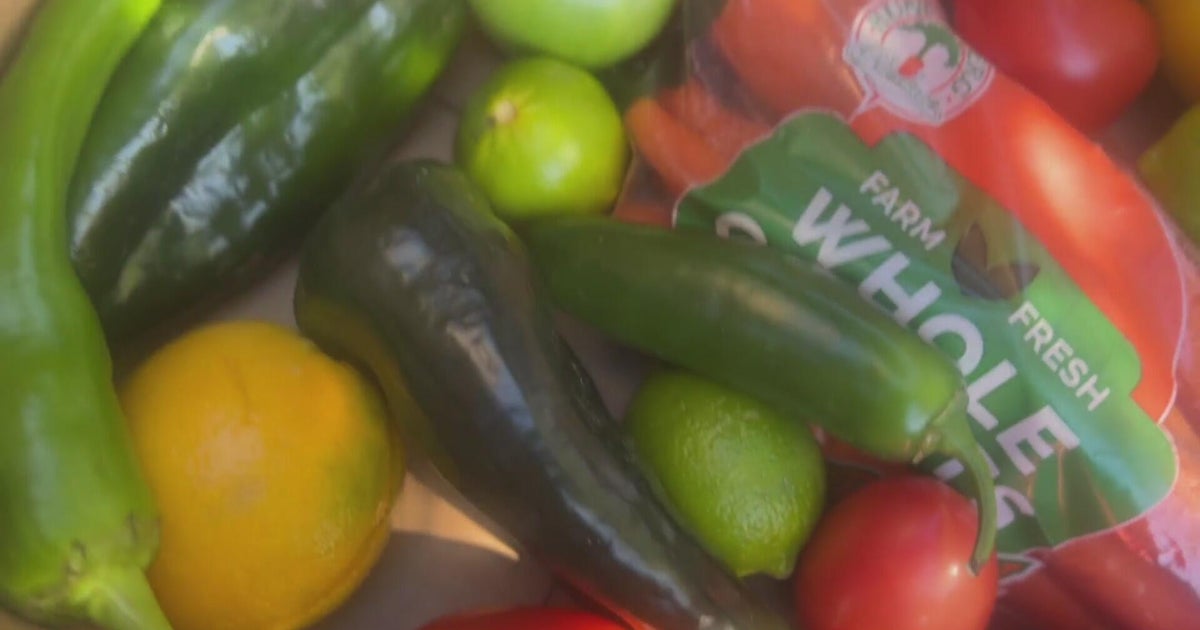Hubbard Premium Forum 2025: Projects for small-scale farmers in Africa – Farmers Review Africa

Report on Strategic Poultry Initiatives for Global Sustainable Development
Introduction: Hubbard Premium Forum 2025
A presentation delivered at the 5th Hubbard Premium Forum in Vienna by Alfred de Vries of the Gates Foundation outlined strategic initiatives aimed at enhancing global food security. The forum, attended by over 160 participants from 32 countries, served as a platform to discuss the critical role of poultry in achieving multiple Sustainable Development Goals (SDGs).
Addressing Global Malnutrition through Sustainable Agriculture (SDG 2)
The Scale of Food Insecurity
The presentation highlighted a significant global challenge directly related to SDG 2 (Zero Hunger). Key statistics include:
- Approximately 35% of the world’s population, primarily in Sub-Saharan Africa and Southeast Asia, lacks access to a healthy diet.
- This dietary deficiency results in widespread child malnutrition in these regions.
Projected Demand and Regional Challenges
The urgency of this issue is compounded by demographic and economic shifts, particularly in Sub-Saharan Africa:
- The population is projected to double between 2010 and 2050, adding nearly 900 million people.
- Rising incomes and urbanization are expected to cause a near-tripling of demand for livestock products.
- Current agricultural systems are predominantly extensive and small-scale, with limited productivity, hindering progress towards SDG 2.
Strategic Interventions and Partnerships (SDG 17)
A Collaborative Framework for Change
In a clear demonstration of SDG 17 (Partnerships for the Goals), the Gates Foundation and Hubbard have initiated projects to address these challenges. The core strategy is to improve the affordability of meat and eggs by investing in productivity.
Focus on Genetic Improvement and Local Capacity Building
The partnership’s primary focus is on deploying resilient, high-productivity poultry breeds to achieve sustainable outcomes.
- Utilizing Dual-Purpose Breeds: The projects leverage Hubbard Premium Dual Purpose breeds to increase the local supply of both meat and eggs, directly contributing to SDG 2 (Zero Hunger).
- Developing Local Networks: The initiative aims to establish a growing network of local breeders, hatcheries, and brooder units to ensure a sustainable supply chain for small-scale farmers.
Case Study: The “CHICKEN4U” Project, Ghana
Project Overview
A presentation by Ebenezer Kofi Yeboah of the WAFAD Group detailed the “CHICKEN4U” project in Ghana. This initiative exemplifies a targeted approach to achieving integrated development outcomes through a cooperative model.
Alignment with Sustainable Development Goals
The project is designed to deliver comprehensive support to over 2,000 rural farmers across 16 regions, with direct impacts on several SDGs:
- SDG 1 (No Poverty): The project is structured to boost rural incomes and foster self-sufficiency.
- SDG 5 (Gender Equality): A specific focus is placed on providing women with practical skills and entrepreneurship opportunities, empowering them as economic agents.
- SDG 8 (Decent Work and Economic Growth): By equipping farmers, youth, and women with skills and digital tools, the project drives agricultural transformation and creates opportunities for sustainable livelihoods.
- SDG 10 (Reduced Inequalities): The model targets rural and marginalized communities to ensure equitable access to economic opportunities.
Operational Model
The project’s implementation relies on a network of “Mother Unit Operators” (MUOs). This tiered system is designed for efficiency and accessibility:
- MUOs receive and raise small flocks of Hubbard Premium day-old chicks.
- At 4–5 weeks of age, the chickens are sold to local smallholder farmers.
- Smallholders then raise the birds to maturity in backyard, free-range, or small-scale farm systems, completing the value chain and enhancing local food security.
SDGs Addressed in the Article
SDG 1: No Poverty
- The article highlights initiatives aimed at poverty reduction, particularly in rural areas. The “CHICKEN4U” project in Ghana is designed to boost rural incomes and foster self-sufficiency among more than 2,000 rural farmers, which directly contributes to alleviating poverty.
SDG 2: Zero Hunger
- This is a central theme of the article. It explicitly mentions the Gates Foundation’s goal to promote “the availability of affordable healthy diets for everyone in the world.” The article states that “35% of the world population does not have access to a healthy diet” and that “many children suffer from poor nutrition.” The projects discussed aim to increase the availability of affordable meat and eggs, directly addressing food security and nutrition.
SDG 5: Gender Equality
- The article specifically mentions that the “CHICKEN4U” project provides “women with practical skills, digital tools, and entrepreneurship opportunities.” This focus on empowering women economically and building their skills is a core component of achieving gender equality.
SDG 8: Decent Work and Economic Growth
- By providing “farmers, youth, and women with practical skills, digital tools, and entrepreneurship opportunities,” the project fosters economic growth. It aims to create sustainable livelihoods and drive “agricultural transformation,” which supports productive employment.
SDG 17: Partnerships for the Goals
- The article is a clear example of a multi-stakeholder partnership. It describes the collaboration between the Gates Foundation (a philanthropic organization), Hubbard (a private sector company), and the WAFAD Group (a local organization in Ghana) to achieve common development goals.
Specific SDG Targets Identified
-
SDG 1 Targets (No Poverty)
- Target 1.2: By 2030, reduce at least by half the proportion of men, women, and children of all ages living in poverty in all its dimensions according to national definitions. The project’s aim to “boosting rural incomes” directly contributes to this target.
- Target 1.4: By 2030, ensure that all men and women, in particular the poor and the vulnerable, have equal rights to economic resources. The project provides farmers, including women, with access to key economic resources like dual-purpose chicks, quality feed, and market access.
-
SDG 2 Targets (Zero Hunger)
- Target 2.1: By 2030, end hunger and ensure access by all people, in particular the poor and people in vulnerable situations, including infants, to safe, nutritious and sufficient food all year round. This is addressed by the goal of providing “affordable healthy diets” and increasing the supply of meat and eggs.
- Target 2.2: By 2030, end all forms of malnutrition. The article’s concern that “many children suffer from poor nutrition” is directly addressed by improving access to protein-rich foods like meat and eggs.
- Target 2.3: By 2030, double the agricultural productivity and incomes of small-scale food producers, in particular women… The project’s model of using improved breeds (“Hubbard Premium Dual Purpose breeds”) to “increase productivity” and “boost rural incomes” for “2,000 rural farmers” aligns perfectly with this target.
-
SDG 5 Targets (Gender Equality)
- Target 5.a: Undertake reforms to give women equal rights to economic resources… The project’s specific action of providing “women with practical skills, digital tools, and entrepreneurship opportunities” directly supports this target.
-
SDG 8 Targets (Decent Work and Economic Growth)
- Target 8.5: By 2030, achieve full and productive employment and decent work for all women and men, including for young people… The focus on creating “entrepreneurship opportunities” for farmers, youth, and women contributes to this goal.
-
SDG 17 Targets (Partnerships for the Goals)
- Target 17.16: Enhance the global partnership for sustainable development, complemented by multi-stakeholder partnerships… The collaboration between the “Gates Foundation,” “Hubbard,” and the “WAFAD Group” is a direct example of such a partnership in action.
Indicators for Measuring Progress
- Prevalence of food insecurity: The article explicitly states that “approximately 35% of the world population does not have access to a healthy diet.” This figure serves as a baseline indicator for Target 2.1.
- Prevalence of malnutrition: The mention that “many children suffer from poor nutrition” implies the use of indicators like stunting and wasting rates to measure progress towards Target 2.2.
- Income of small-scale food producers: The goal of “boosting rural incomes” is a direct indicator for measuring progress towards Targets 1.2 and 2.3.
- Agricultural productivity: The focus on “increase productivity” of meat and eggs through better breeds is a key performance indicator for Target 2.3.
- Number of beneficiaries reached: The article specifies that the project will reach “more than 2,000 rural farmers,” serving as a quantifiable indicator of the project’s scale.
- Proportion of women with access to economic resources: The number or proportion of “women” who are provided with skills and entrepreneurship opportunities through the project is a specific indicator for Target 5.a.
- Existence of multi-stakeholder partnerships: The formal collaboration mentioned between the “Gates Foundation and Hubbard” and the project run by the “WAFAD Group” serves as a qualitative indicator for Target 17.16.
Summary of SDGs, Targets, and Indicators
| SDGs | Targets | Indicators Identified in the Article |
|---|---|---|
| SDG 1: No Poverty | 1.2: Reduce poverty in all its dimensions. 1.4: Equal rights to economic resources. |
Increased/boosted rural incomes; Provision of chicks, feed, and market access to farmers. |
| SDG 2: Zero Hunger | 2.1: Universal access to safe, nutritious and sufficient food. 2.2: End all forms of malnutrition. 2.3: Double the productivity and incomes of small-scale food producers. |
Percentage of population with access to a healthy diet (Baseline: 35% do not); Increased productivity of meat and eggs; Increased income for 2,000 rural farmers. |
| SDG 5: Gender Equality | 5.a: Equal rights to economic resources for women. | Number of women provided with practical skills, digital tools, and entrepreneurship opportunities. |
| SDG 8: Decent Work and Economic Growth | 8.5: Full and productive employment and decent work for all. | Creation of entrepreneurship opportunities for farmers, youth, and women. |
| SDG 17: Partnerships for the Goals | 17.16: Enhance the global partnership for sustainable development. | Existence of a multi-stakeholder partnership (Gates Foundation, Hubbard, WAFAD Group). |
Source: farmersreviewafrica.com

What is Your Reaction?
 Like
0
Like
0
 Dislike
0
Dislike
0
 Love
0
Love
0
 Funny
0
Funny
0
 Angry
0
Angry
0
 Sad
0
Sad
0
 Wow
0
Wow
0
























;Resize=805#)























































